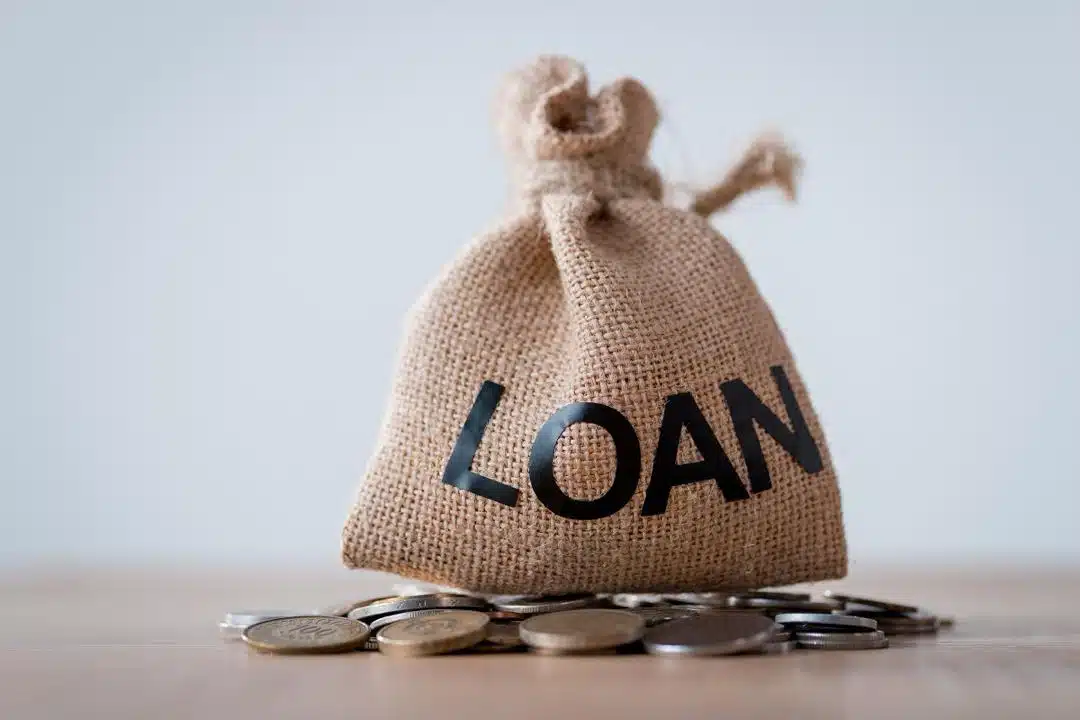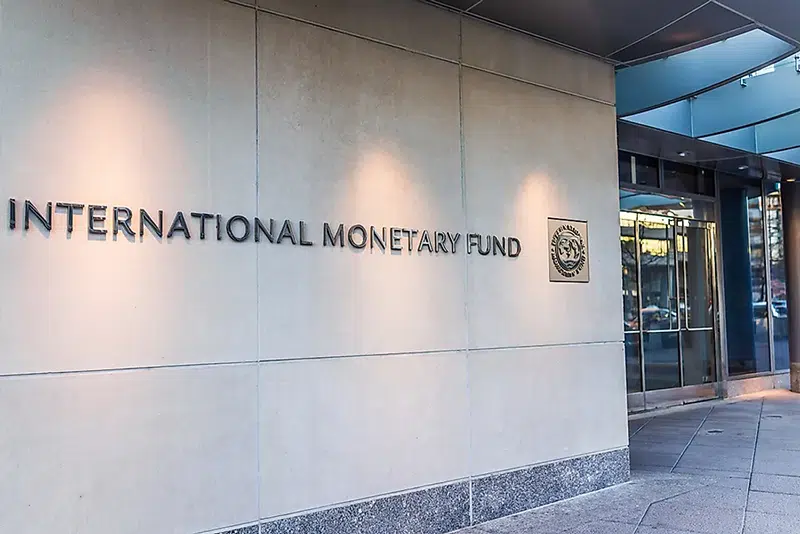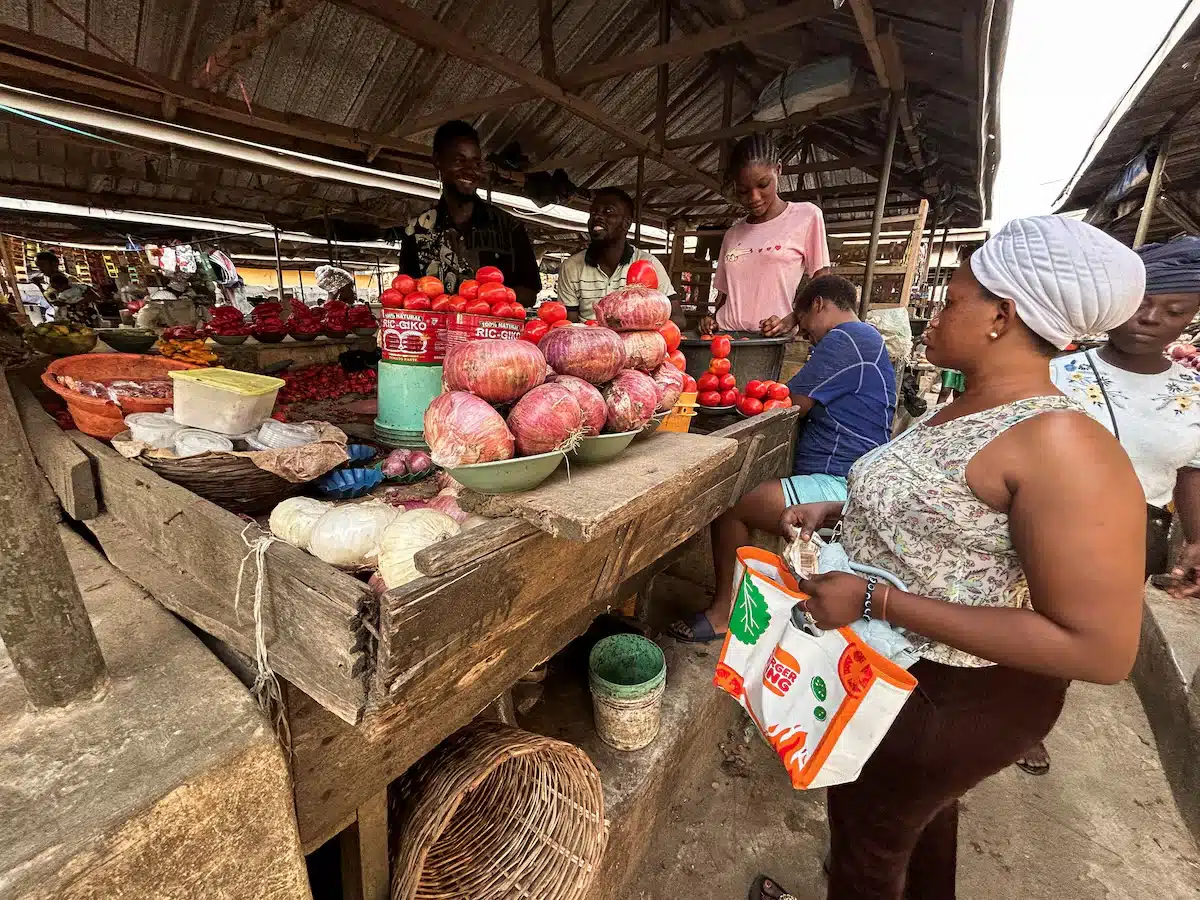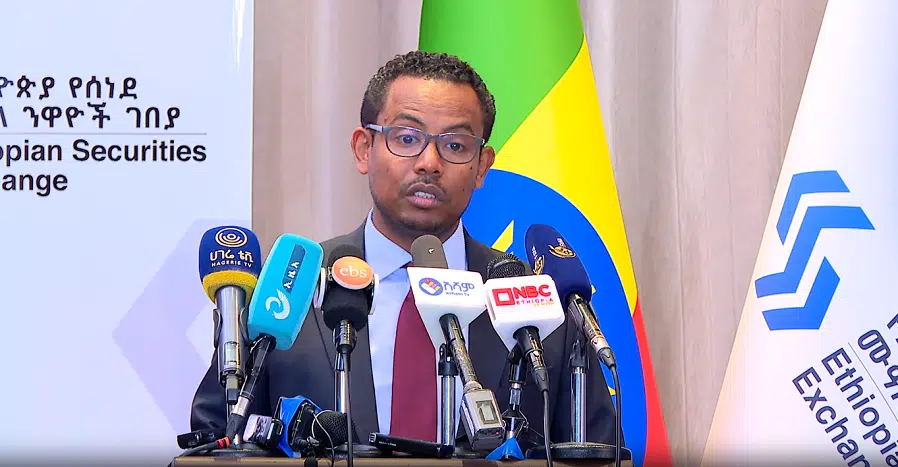Nigeria is seeking fresh loans, as President Bola Ahmed Tinubu has formally requested that the National Assembly approve a new external borrowing plan worth $21.6 billion, alongside domestic bonds totalling $479 million. The government intends to use the funds to support vital projects across infrastructure, health, education, agriculture, and security.
A portion of the funds will also go towards clearing accumulated pension arrears. This fresh request follows continued pressure on public finances, worsened by rising costs and a decline in revenue since the removal of fuel subsidies. Some parts of the loan package are expected in euros and yen, with a €65 million grant also included.
What it means
This borrowing plan, if well-executed, offers Nigeria an opportunity to fix broken infrastructure, improve public services, and support vulnerable retirees by settling long-standing pension debts.
It also means that Nigeria will be adding significantly to its current debt stock, which already weighs heavily on government revenue. Servicing these loans will require large annual repayments, reducing the funds available for new or ongoing programmes.
Interest payments will also rise, especially given Nigeria’s exposure to exchange rate risks, and this will tighten the space for private sector borrowing due to upward pressure on domestic interest rates.
Why it matters
Nigeria is already in a fragile fiscal position where debt service has overtaken revenue. In the first two months of 2025, the federal government’s debt servicing stood at $885 million, while total revenue was just $675 million.
This puts the debt service-to-revenue ratio above 130%, meaning the government spends more on repaying loans than it earns. With such a situation, additional borrowing could deepen fiscal instability.
Borrowing without a clear and credible repayment plan could worsen the country’s financial health and raise concerns among local and international investors.
This development could reduce business confidence, dampen private investment, and increase hardship among citizens if it triggers inflation or currency depreciation.
Dr. Bismarck Rewane, Chief Executive Officer of Financial Derivatives Company, cautions against borrowing without a productivity-linked outcome. In an interview with ThisDay Live (July 2024), he stated:
“Borrowing itself is not bad if it is used wisely. But it becomes harmful when the money does not create future income. Nigeria must ensure borrowed funds are invested in infrastructure that brings long-term returns.”
Dr. Akinwumi Adesina, President of the African Development Bank (AfDB), emphasised the importance of channelling loans into productive sectors. At the 2024 AfDB Annual Meetings, covered by AP News (May 2024), he remarked:
“Debt is sustainable only when it finances projects that generate real returns. Nigeria must invest in energy, agriculture, and transport to escape the debt trap. Economic reforms that raise revenue are equally critical.”
The African Development Bank (AfDB) estimates Nigeria’s infrastructure gap at about $100 billion, which shows why borrowing is sometimes necessary.
Mixed reactions from citizens
The public voices a mix of hope and worry. In Jigawa, a retired worker welcomes efforts to pay pensions, saying, “For years, I struggled without regular pension payments. If this loan clears our arrears, it will restore dignity.” Many pensioners share this relief.
A youth in Jigawa, Umar Salisu Shuaibu demands accountability. He questions the loan’s timing, given the lack of clear public plans or measurable goals. “We need to know exactly how the money will be spent and who will benefit. Without this, the borrowing helps only the powerful,” he says.
Comparison with other African economies
Across the continent, many African countries are trapped in a growing debt crisis. This crisis has been driven by years of heavy borrowing, global shocks like COVID-19, rising interest rates, currency depreciation, and weak revenue systems. Countries are now spending more on debt repayments than on health and education, and many are struggling to raise the funds needed to repay loans.
South Africa, for example, has a public debt of over $250 billion but manages it better due to stronger tax systems and more effective public institutions. Kenya has an external debt of about $42 billion and allocates a significant portion of its revenue to debt service, although efforts to improve domestic revenue have provided some relief.
Ghana is battling with over $55 billion in debt and has already defaulted, leading to harsh reforms under IMF guidance. Egypt’s public debt stands at more than $165 billion but has been cushioned by foreign direct investment and economic restructuring, including subsidy removal and increased taxation.
Ethiopia, facing serious challenges with around $28 billion in debt, is in talks for debt restructuring due to its low foreign earnings and currency instability.
All conversions in this analysis use the official exchange rate of ₦1,580.44 to $1 and ₦1,712.60 to €1, as published by the Central Bank of Nigeria on 23 May 2025.(Note: €1 ≈ $1.084 on 23 May 2025, used to estimate the euro rate.).










